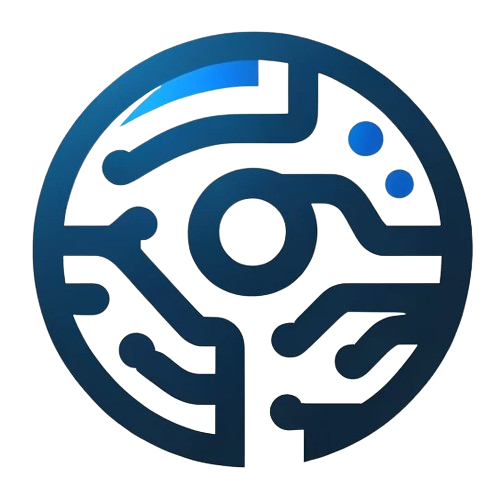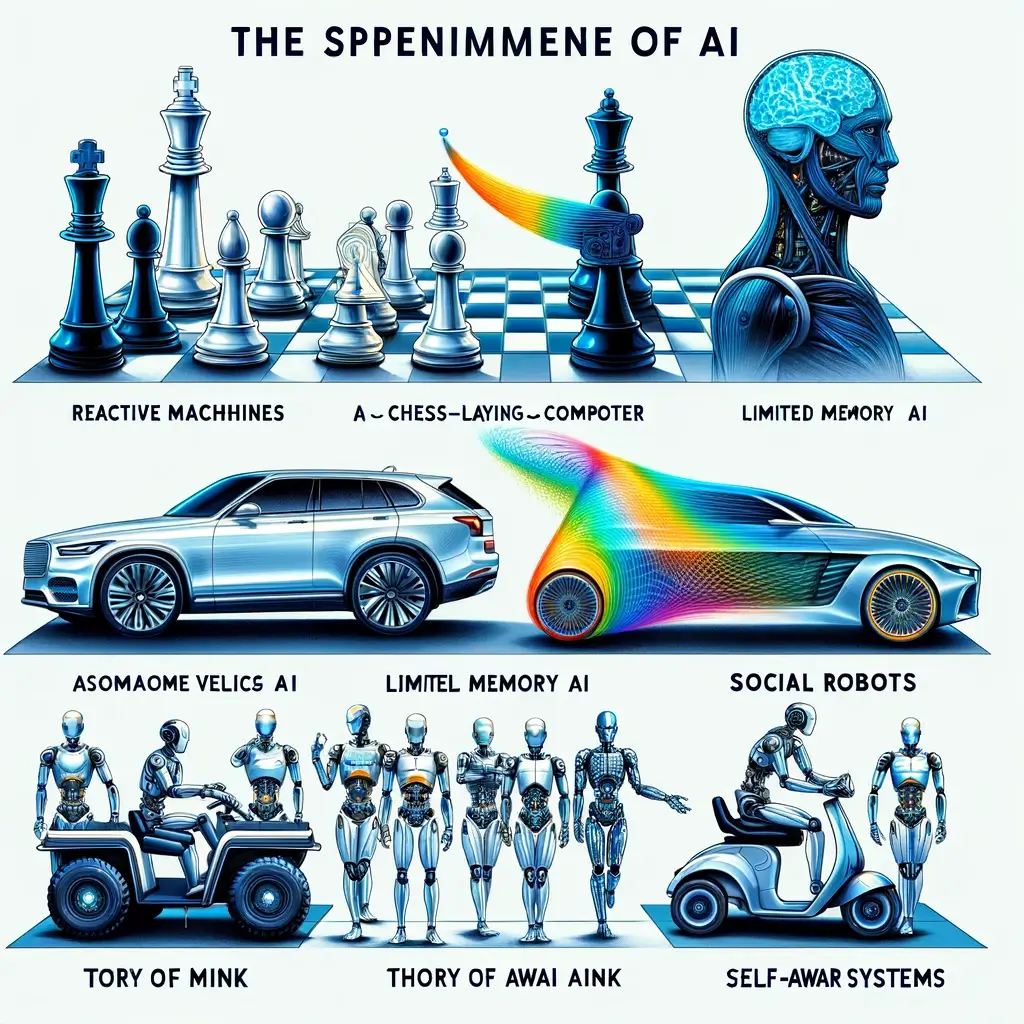Artificial Intelligence (AI) has evolved significantly over the years, manifesting in various forms and complexities. From simple reactive machines to advanced self-aware systems, the types of AI demonstrate the breadth and depth of this technology’s capabilities. This blog post delves into the different types of AI, providing insights into their functionalities, examples, and the potential they hold for the future.
1. Reactive Machines
Characteristics
Reactive machines represent the most basic type of AI. They operate based on the current data, reacting to it without memory or past experience. These systems focus on specific tasks and do not have the capability to learn or improve over time.
Examples
- IBM’s Deep Blue: The chess-playing computer that beat world champion Garry Kasparov in 1997 is a classic example of a reactive machine.
- Google’s AlphaGo: While more advanced in many ways, AlphaGo also primarily functions as a reactive machine during gameplay, analyzing the board’s current state to make decisions.
2. Limited Memory AI
Characteristics
Limited memory AI can look into the past, learning from historical data to make future decisions. These systems are more advanced than reactive machines as they can improve their operations over time based on experience.
Examples
- Autonomous Vehicles: Cars that can navigate traffic and adjust to changing road conditions by analyzing immediate past data.
- Chatbots and Virtual Assistants: Systems that use recent interactions to improve conversational context and user experience.
3. Theory of Mind AI
Characteristics
Theory of Mind AI represents a more advanced stage, currently in the research phase, where machines can understand and respond to emotions, beliefs, and thought processes of humans. These systems aim to comprehend the entities they are interacting with on a personal level.
Examples
- Advanced Social Robots: Robots being developed to interact with people on an emotional and psychological level, such as those used in therapeutic settings.
4. Self-Aware AI
Characteristics
Self-aware AI, still a theoretical concept, is the pinnacle of AI development, where systems have their own consciousness and self-awareness. These AI entities would be aware of their internal states and can predict the feelings and thoughts of others.
Examples
- Futuristic AI Systems: Imagined in science fiction, these would be systems that can understand and possess emotions, make autonomous decisions, and have a sense of self.
Applications and Implications
Each type of AI has its application domains, with reactive machines and limited memory AI currently being the most commonly implemented in industries like gaming, automotive, customer service, and healthcare. Theory of Mind and Self-Aware AI, while mostly conceptual, push the boundaries of what AI can achieve, opening discussions about ethics, governance, and the future relationship between humans and machines.
Challenges and Future Directions
The progression from reactive machines to potentially self-aware systems poses significant technical, ethical, and philosophical challenges. Questions about control, safety, privacy, and the societal impact of highly autonomous AI systems are central to current AI research and development.
In conclusion, the types of AI illustrate the technology’s evolutionary path, each representing a leap forward in capability and complexity. As AI continues to advance, understanding these types will be crucial for harnessing their potential, navigating their challenges, and shaping a future where AI and humans coexist beneficially.

